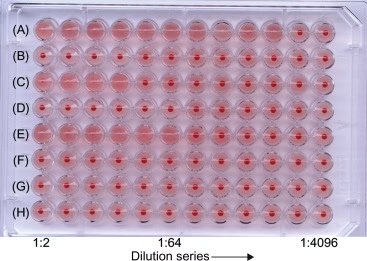
Introduction The Hemadsorption Assay (HAD) is a fundamental virological method used to detect viruses that express hemagglutinins (HA) on the surface of infected cells. Some viruses, such as Influenza, Parainfluenza, Read More …
Simplifying Allied Health Learning.

Introduction The Hemadsorption Assay (HAD) is a fundamental virological method used to detect viruses that express hemagglutinins (HA) on the surface of infected cells. Some viruses, such as Influenza, Parainfluenza, Read More …
Introduction The Hemagglutination Inhibition assay (HAI) is a serological technique widely used in virology to detect and quantify antibodies against viruses possessing hemagglutinin proteins. This method is especially used for Read More …
Introduction Hemagglutination Assay (HA) is a widely used laboratory technique for detecting and quantifying viruses, antibodies, and other biomolecules that cause red blood cell (RBC) agglutination. It is particularly significant Read More …

Introduction The cardiovascular system, also known as the circulatory system, is a vital organ system that facilitates the continuous movement of blood throughout the body. It comprises the heart, blood Read More …
Introduction Cason’s test is a biochemical test used to detect sphingomyelin, a major phospholipid found in biological membranes, especially in the myelin sheath of nerve fibers. It is a qualitative Read More …